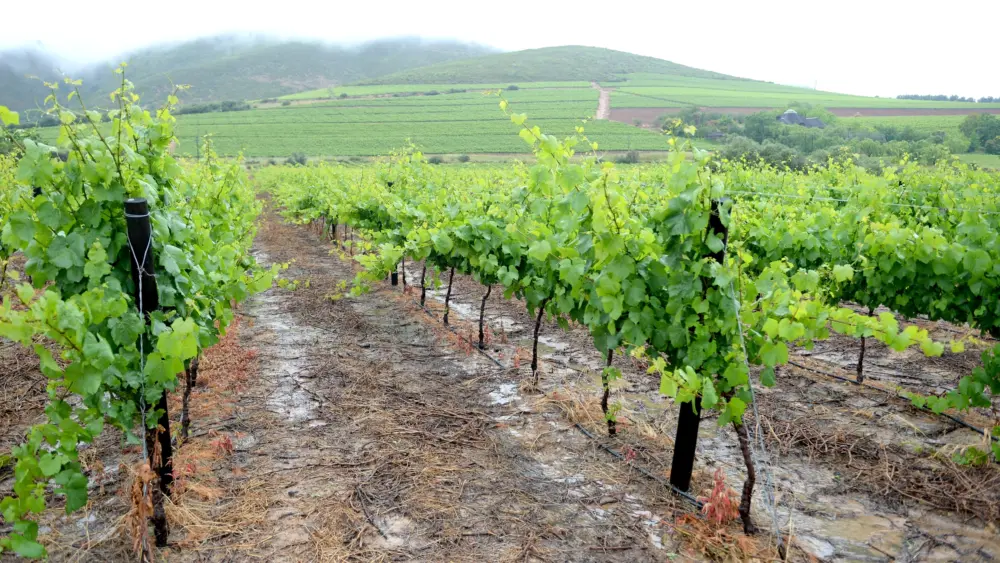Up until recently, hedge funds and private equity typically stayed away from wineries and vineyards. There just wasn’t enough profit potential.
Hedge funds and private equity companies are similar in that both seek to invest in undervalued assets. Unlike hedge funds, private equity firms often become involved directly with the management of the asset, hoping to perform some business school magic to help improve returns. Another difference is that hedge funds often look for returns in a few years, whereas private equity is willing to spend as much as seven to 10 years before realizing returns.
Of highest value for either are well-managed companies with solid brands and workable infrastructure. For investors whose goal is to help improve assets, finding these diamonds in the rough can result in enormous gains. I know one of the investors involved in purchasing Skype a few years back. He and his company made some management changes and then, only a few months later, sold the company to Microsoft, making billions in profit. Yes, billions.
Up until recently, hedge funds and private equity typically stayed away from wineries and vineyards. There just wasn’t enough profit potential, and the ability to manage risk (hedge) was limited. But this is changing.
Take, for example, Duckhorn Wine Company, which, in 2007, sold a controlling interest to GI Partners for a reported $250 million. After GI took on the winery and made some changes, profits grew. Because it’s the nature of such investments, this year GI sold its stake in Duckhorn, likely making a significant profit (one estimate places GI’s profit at near $350 million in nine years). It sold its controlling-interest position to another private-equity firm, TSG Consumer Partners. GI Partners must have found its appetite for the wine business whetted, because instead of taking the profits and retiring to Florida, in June 2016, it purchased a controlling interest in Far Niente Wine Estate, formerly a family-owned winery, for an estimated $500 million.
How TSG Consumer Partners plans to increase the value of Duckhorn isn’t clear. As for how GI Partners plans to improve Far Niente, if given the time and resources, any consultant worth his or her salt could just study what the company did with Duckhorn to predict its likely strategy. What is clear is that we should expect Duckhorn and Far Niente to be back on the market in seven to 10 years.
When a winery is sold to a hedge fund or private equity firm, the original owners often maintain some stake in the future upside while also retaining some say in the entity’s operations. This doesn’t happen when a winery or vineyard is sold to a corporation.
Is this new trend a bad thing or a good thing for the wine industry? Depends on whom you ask. Some see this as a way to infuse needed capital into an expensive endeavor and believe that these investments result in innovation, improved efficiency and mechanization of both farming and winemaking. Other see it as depersonalization and corporatization that will result in further pressures on small producers, accelerating consolidation and the loss of family-run businesses.
And this brings us to Assembly Bill 1066. Under the bill proposed by Assemblywoman Lorena Gonzalez (D-San Diego), starting in 2022, most farmworkers will be paid for overtime after eight hours in a day and 40 hours in a week rather than the current 10-hour day and 60-hour week for agriculture that Governor Brown originally approved during his first stint as governor in 1976.
To some, this new bill seems reasonable —treating farmworkers like any other laborers is only fair. Others see it differently.
“As costs go up for labor, farmers will be forced toward more mechanization, ultimately hurting workers,” said Sen. Jim Nielsen (R-Gerber), a rancher and vice chairman of the California Senate Budget Committee.
Others have predicted that family farms start hiring one crew for eight hours or less and a second crew for another shift, and that such pricing pressure will only cause more concentration in all agriculture-related businesses. If this happens, they suggest, hedge funds and private equity will become the prominent investment vehicle, which will resulting in accelerated consolidation.
It’s conceivable AB1066 could accelerate the trend toward more cost-effective practices, which often include less human labor. Or perhaps what these future hedge funds, private equity firms and all the other winery owners will find is that the human touch is becoming a valuable commodity out in the marketplace, providing the greatest return on investment. We shall see. One thing is certain: There are changes in both labor and in who owns vineyards and wineries. How these two elements work together is tough to predict, but it’s clear that each party would prefer to maximize its own return.
Author
-

Tim Carl lives, writes and teaches in Calistoga. He grew up in St. Helena and traces his Calistoga grape-growing roots back five generations. You can reach him at tcarl@northbaybiz.com.
View all posts



